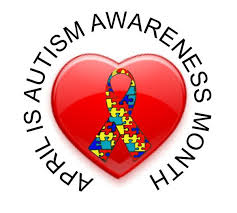 Janet Pinto, Chief Academic Officer, Curriki
Janet Pinto, Chief Academic Officer, Curriki
The “Every Child Achieves Act” (ECAA) has passed the U.S. Senate overwhelmingly with the reauthorization of the Elementary and Secondary Education Act (ESEA). Approval of similar legislation is expected in the House (which has called their bill the Student Success Act). The original ESEA act from 1965 was focused on addressing equity, at a time when civil rights and desegregation were in focus.

Every Child Achieves Act of 2015
This bill reauthorizes and amends the Elementary and Secondary Education Act of 1965 (ESEA). The bill addresses issues such as accountability and testing requirements, distribution and requirements for grants, fiscal accountability requirements, and the evaluation of teachers. The bill provides states with increased flexibility and responsibility for developing accountability systems, deciding how federally required tests should be weighed, selecting additional measures of student and school performance, and implementing teacher evaluation systems.
ECAA is designed to replace the No Child Left Behind (NCLB) act for elementary and secondary education which has been in force since 2002. You can find a summary of the bill here.
There has been much criticism of the extensive – many would say onerous – testing regimes enforced by NCLB, from educators and parents across the U.S. It was felt that the testing requirements were excessive, and took away from time that should be spent in teaching and learning in the classroom, and that the penalties were counter-productive. The American Federation of Teachers has called NCLB a “test-and-punish” system, due to federal sanctions against low-performing schools.
ECAA would relax these testing requirements, and provide more flexibility for schools to allow parents to opt their kids out of tests. Federal sanctions would no longer apply; any such rewards or sanctions would be handled by individual states.
The President of the National Education Association, Lily Eskelsen Garcia, says about the ECAA, “This bill reflects a paradigm shift away from the one-size-fits-all assessments that educators know hurt students, diminish learning, narrow the curriculum and that they fought to change.”
The well-known education activist Diane Ravitch supports the Senate bill because “it draws a close to the punitive methods of NCLB….(and) is an important step forward for children, teachers, and public education. The battle over ‘reform’ now shifts to the states.”
One concern is that the bill would weaken provisions meant to track the progress of students with disabilities, which may account for one in eight of America’s school children.
We’d like to hear your view, what do you think about the new legislation?
Curriki is all in favor of flexible learning models and curricula that adapt to the needs of individual students. This is why we make available to the public for free over 62,000 educational resources, in open source format. These include full courses, lessons and many supplemental materials. With our new website coming on line early next month, it will be even easier to search these materials, and also to contribute materials so that other educators can make use of them.













